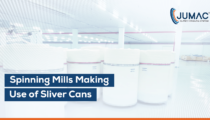Over five decades of our journey, we have mastered spinning…
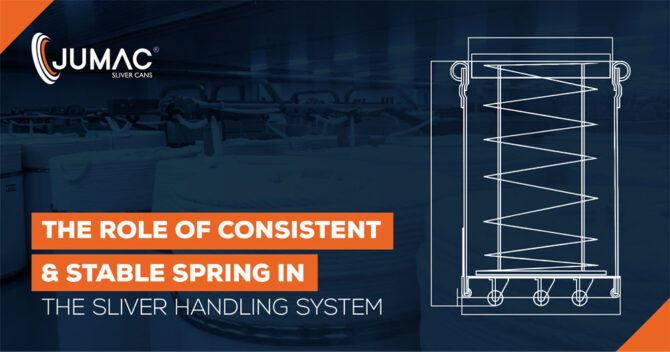
The Role of Consistent & Stable Spring In The Sliver Handling System
Although every spinning unit aims towards producing 100% uniform yarn, it’s hardly possible, to this day. This is due to the lack of certain factors that influences the quality of the yarn. Method of sliver handling remains to be the foremost crucial factor in this regard. In spinning, “Carding is a heart of spinning”- is a well-known fact. With the constant innovation of the carding machines, almost all the machine parameters and process parameters should be optimised for the machine to deliver good quality sliver. As the industry is evolving with time, sliver handling is now thought to be the heart of spinning. The challenge is how to handle the sliver without affecting the quality. Therefore, it is evident that better yarn demands better sliver and it is obvious that better sliver demands a correct sliver handling system.
Cans are an ideal packaging container which is used in the pre-spinning department for storing and transporting the material to subsequent machines. During transportation, they must provide smooth handling with higher degree of protection. The effect of poor sliver handling may not be noticeable in preparatory stage, but it is much noticeable and magnified while drafted over speed frame and ring frame. Every component of sliver cans are purposefully designed, because each component of the machine affects the quality of the sliver which then affects the quality of the yarn. It leads to both random variation in sliver and periodic variation in yarn. Therefore, it is evident that the selection of can for depending on the type of fibre or sliver is much important.
In this article, let’s discuss the influence of sliver handling on the quality of sliver and yarn and how an effective and advanced sliver handling can obtain the best quality of yarn.
ALL ABOUT SPRING
Springs are the heart of the sliver can. This ensures that the distance between the top layer of sliver and feed roller is constant. Generally, there are two types of spring used in the sliver can.
BOX SPRING
Anti-rust and heat treated, these springs are made from high carbon steel wire that enables uniform load and movement during operations. Every single spring is individually calibrated to give longer and consistent life. A minimum initial is advisable for maintaining the desired sliver height especially in open end and rotor spinning.
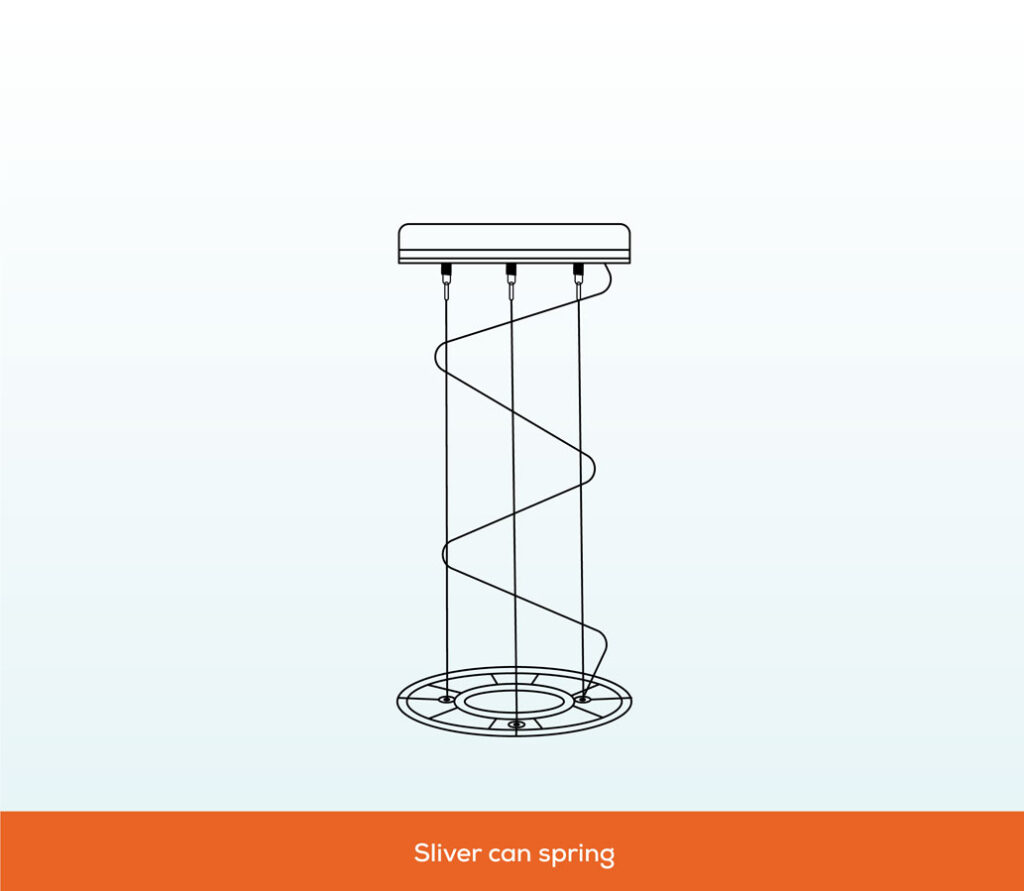
PANTOGRAPH SPRING
Electro-welded galvanized shutters in criss-cross shape ensure uniform spring movement and maintain constant sliver height. For sizes upto 24 inches plastic moulded covers and from 28 to 48 inches, galvanized covers are used for zero tilting and proper balance of the sliver. A spring hardened and tempered with care to retain the original sliver properties as desired by the spinning master.
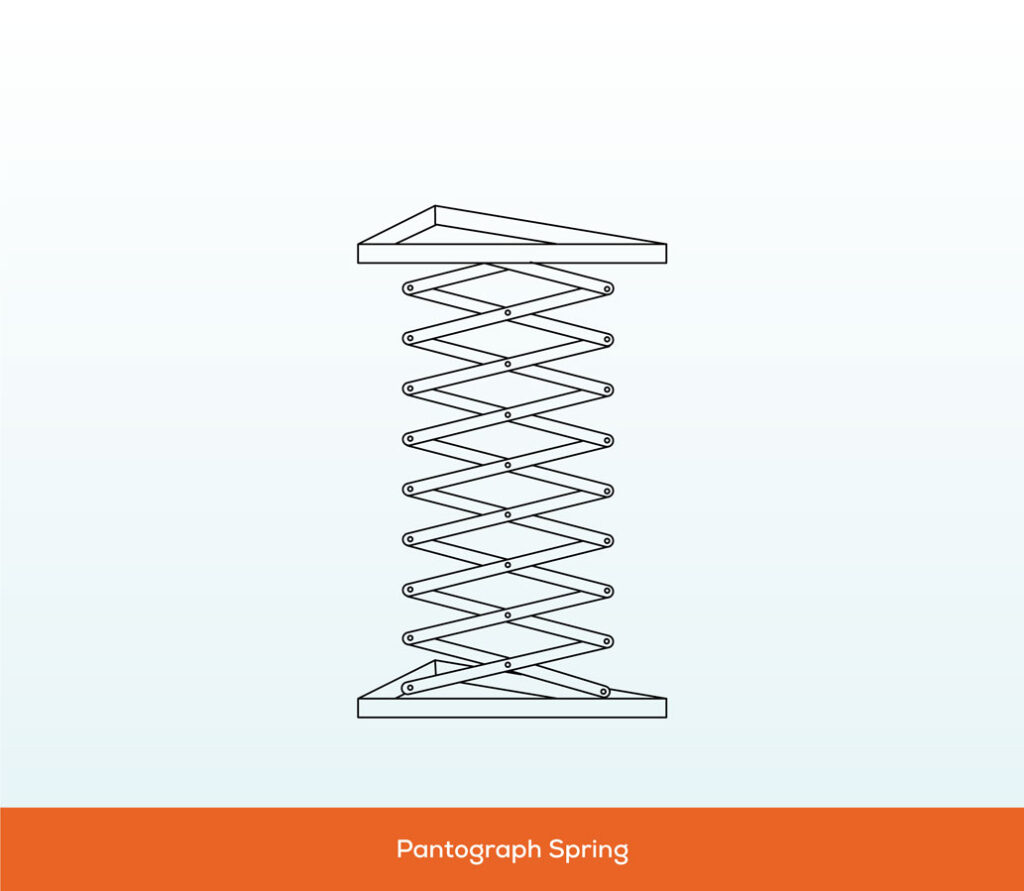
SPRING BOTTOM
Manufactured from molded polypropylene, they are used for holding the spring firmly and do not damage the can while inserting or removing the spring.
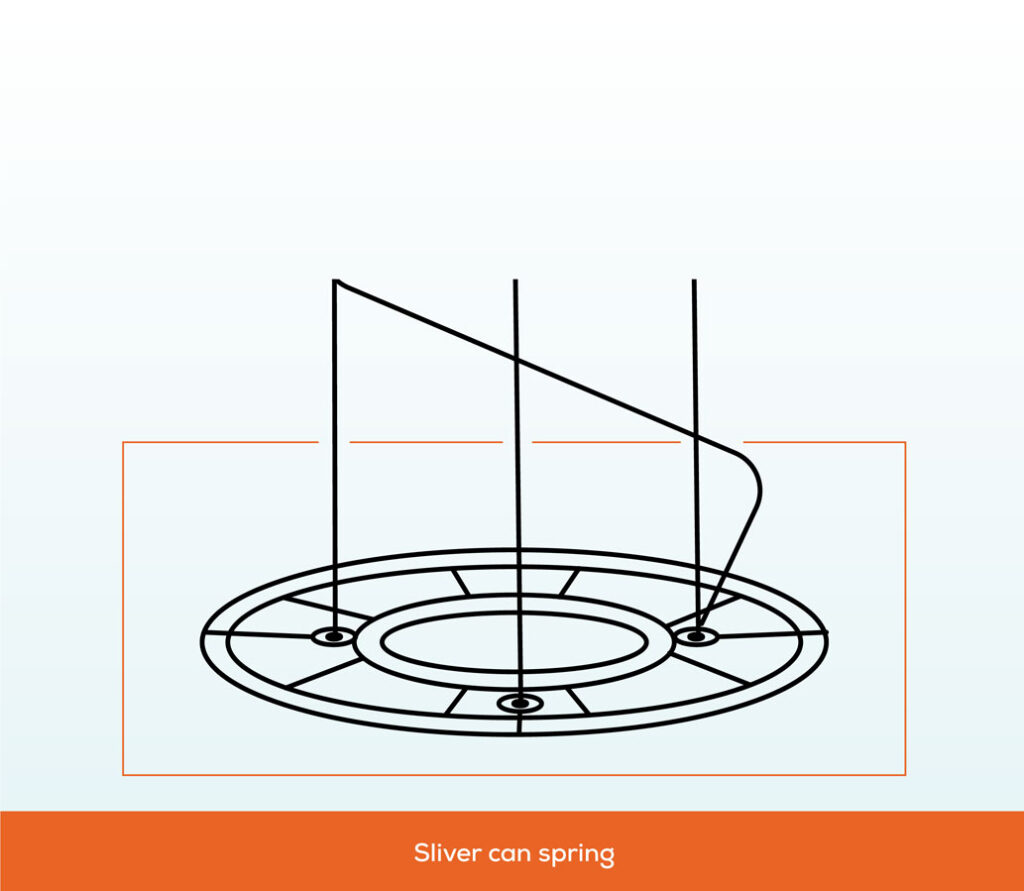
THE SPRING & ITS EFFECT
Springs help in maintaining constant height between the top layer of sliver coils and lifting roller. When the can is empty, there is no spring deflection and the plate stands close to the rim of the can.
As the sliver is withdrawn, the pressure on the spring progressively reduces. The spring at the bottom expands and the can plate moves up with the column of sliver on it. The top layer of sliver column also moves up by a similar amount and thus it always stay close to the lifting roller. This is required to avoid sliver breakage or stretch due to its own weight.
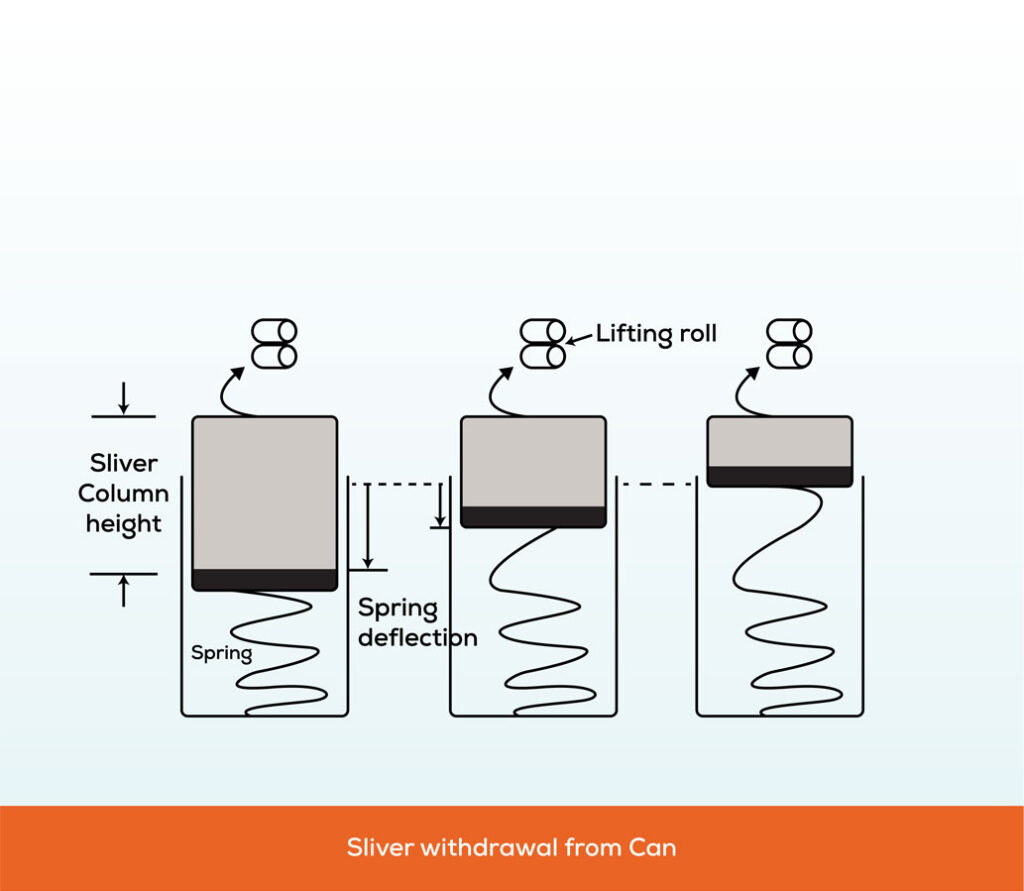
INFLUENCE OF FIBRE DENSITY
For a given spring constant, the deformation of the spring depends upon how much weight is acting on it. As long as weight remains the same irrespective of fibre or sliver type, the compression will be the same. However, the same weight of sliver column height will be more for voluminous fibre (polyester and acrylic) and more for carded sliver in comparison to drawn or combed sliver. While filling the can with voluminous fibre a stiffer spring will be beneficial as it will create more pressure on the sliver column. This will help to compress the voluminous, resilient sliver and pack it well within the can. If the same spring (as used for cotton) is used, the deformation on the polyester sliver column will be less causing column height to increase.
LIMITATIONS OF BOX SPRING
The box spring is ideally suitable for smaller diameter cans and over centre coiling mechanism. Because in the under centre coiling, the sliver coil diameter is less than the radius of the can, hence coiling the spring may not give much stability to the top cover. If it is an under centre coiling, the diameter of the coil is more than the radius of the can. So the top cover has much higher stability in smaller diameter cans in under centre coiling.
ADVANTAGES OF PANTOGRAPH SPRING
Pantograph springs are versatile springs which are used for a wide range of diameter of cans. The pantograph springs are manufactured by electro-welded galvanized shutters that take up an even crisscrossed shape. They are moulded with the top cover which results in zero tilting and huge stability while filling with sliver.
EFFECT OF SPRING BOTTOM
The spring bottom must hold the spring firmly otherwise it may affect the performance of spring. To ensure this during the spring, it should not damage the body of the can.
SLIVER CAN SPRING
Spring that is considered to be the heart of the sliver can, is subjected to fatigue loading due to which the stiffness reduces with time. Most of the spinning industries in developing countries including India are extensively using older sliver cans having lower spring stiffness than normal, which may influence material being stored and transported to subsequent machines.
EFFECT OF SPRING LOAD AND STORAGE TIME ON U%
The yarn samples made from low spring load sliver can springs and at high storage time gives higher value of unevenness. The reason being, at high storage time chances of fibre leaking from adjacent sliver coils are high. Uneven sliver results in uneven yarn after material being drafted over speed frame and ring frame. This is shown by the following graph.
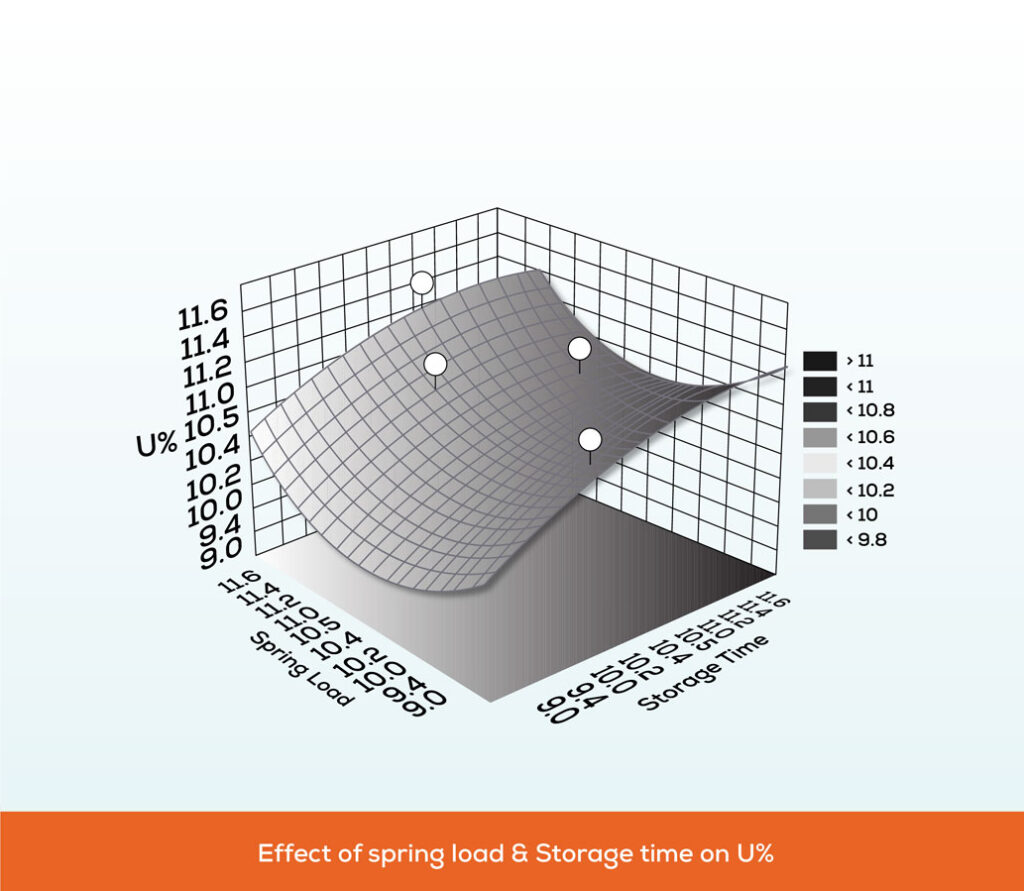
EFFECT OF SPRING LOAD AND COIL POSITION ON STRENGTH CV%
Bottom sliver coils from reduced spring stiffness of older sliver can give higher strength CV%. During sliver deposition in reduced stiffness sliver can spring, after deposition of few sliver layers, most of free height gets compressed and length of sliver in the hanging zone between coiler and top sliver layer will be more, sliver stretching may occur in this zone because of its own weight of sliver. Hence, long thin places may be introduced in final yarn and also influence the strength of single combed yarn. Bottom sliver coils from low spring load sliver cans give high strength CV% is shown in the following graph.
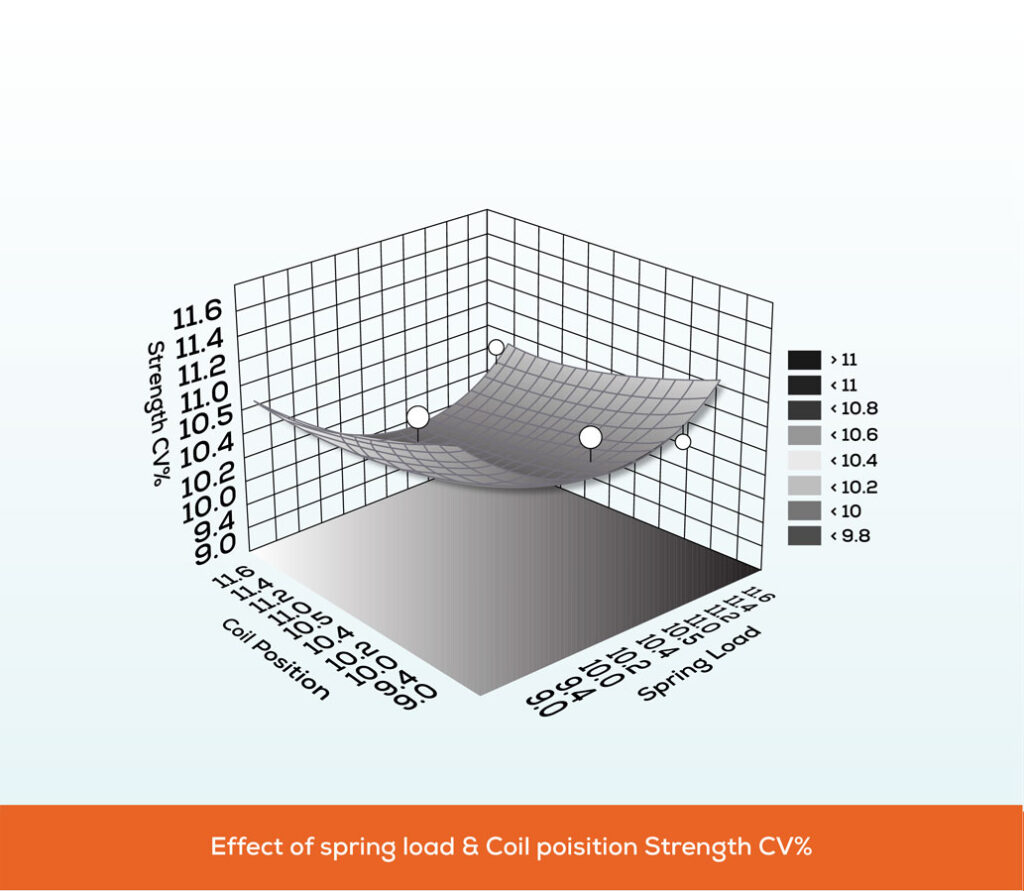
EFFECT OF SPRING LOAD AND COIL POSITION ON U%
Bottom coils stick with subsequent sliver layers. The combined effect of low spring load for bottom coils result in higher U% in yarn. As discussed earlier, the main reason is disturbed structure of bottom sliver coils and then sliver stretching at creel zone of speed-frame.
CONCLUSION
From this article, it can be well concluded that the effect of coil position and storage time is found significant whereas the effect of spring load is not that much significant on yarn unevenness. Spring load, coil position and storage time has been found significantly influencing thin places -50%/km. Only disturbed bottom sliver coil position is found influencing strength CV% of yarn. Effect of middle, top sliver coils, spring load and storage time on strength CV% is non-significant. Sliver cans springs having low spring stiffness were found significantly influencing yarn quality because sliver stretching during deposition at finisher draw frame sliver can and withdrawal of sliver from storage cans at speed frame. Combed slivers are very sensitive to stretching. So, for avoiding the false draft in the creel, cans which are compatible with all types of fibre is ideal for use.
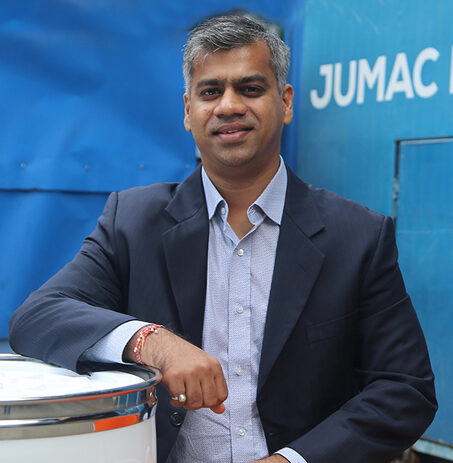
Passionate about transforming the industrial sector of textile and spinning industry with innovative solutions. Director at Jumac Manufacturing, leading spinning cans and accessories manufacturer and exporter from Kolkata, India.







